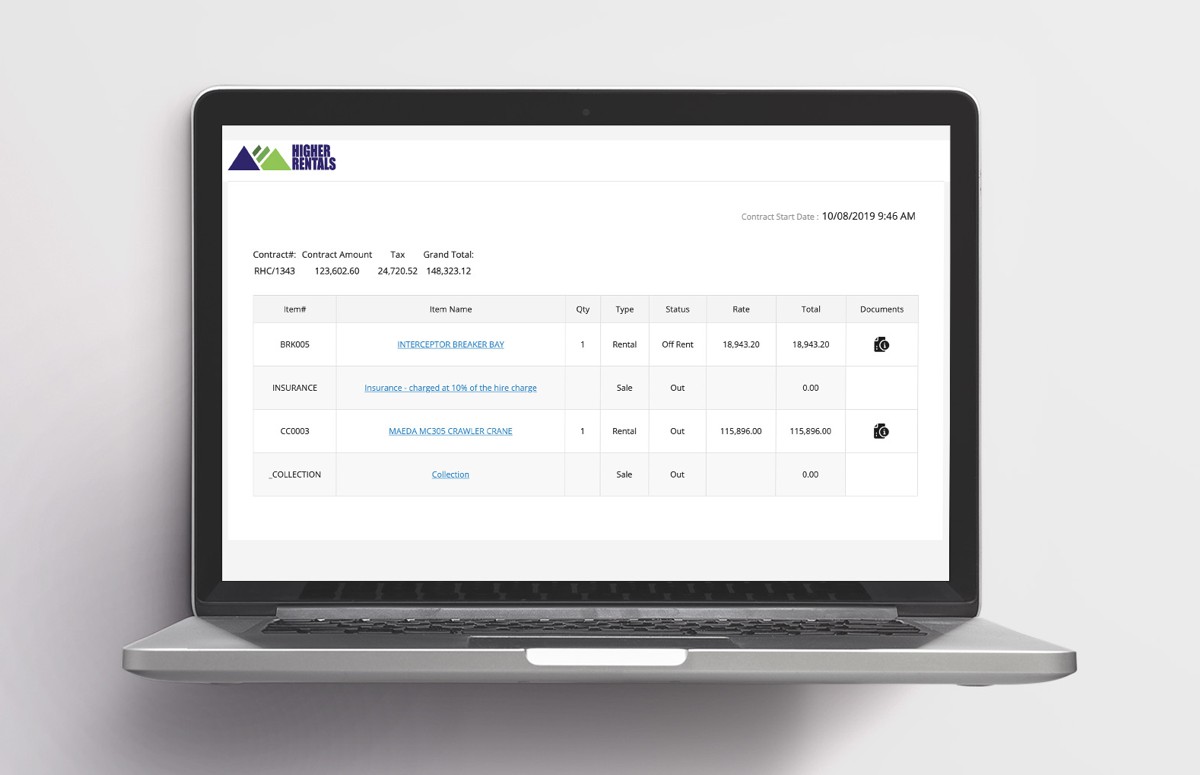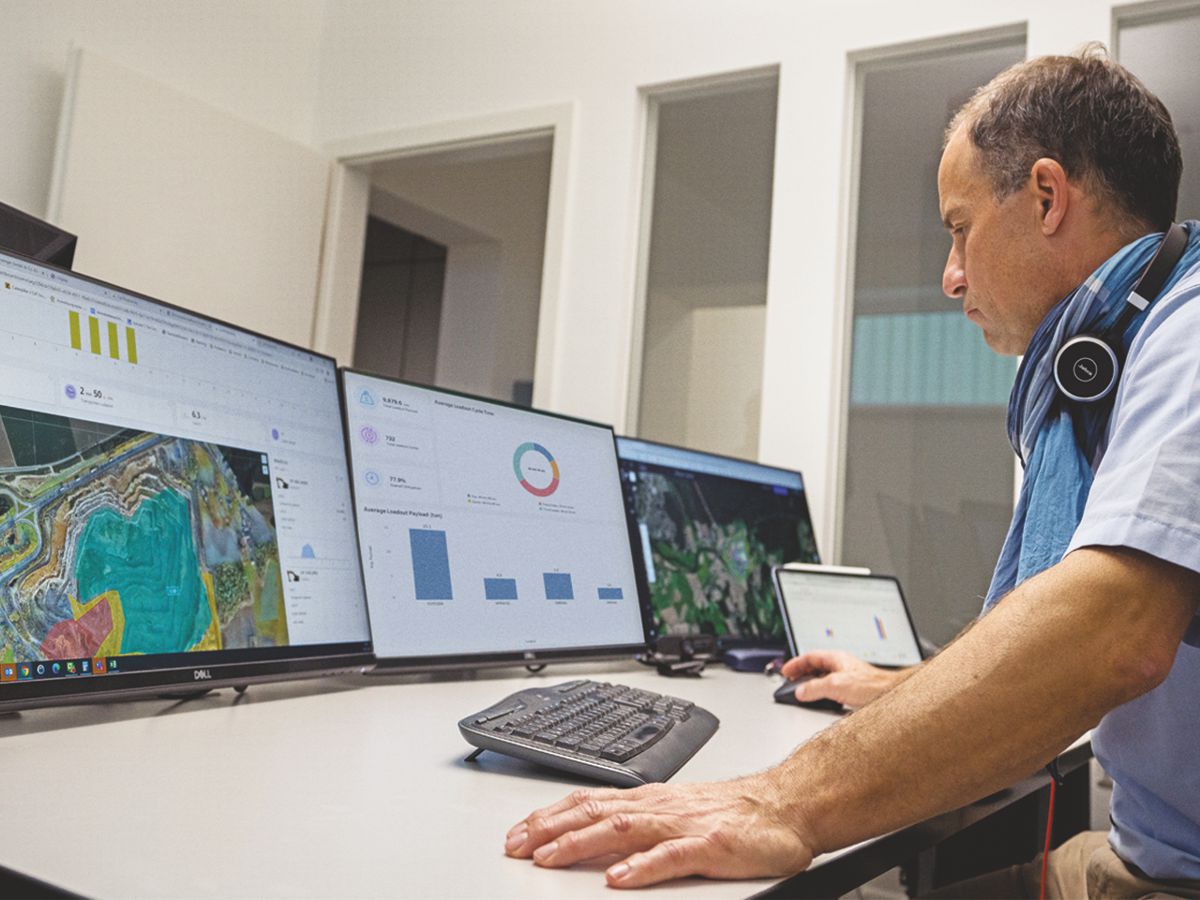Stratasys collaborates with Adobe to enable 3D Printing in full-colour tactile models
Stratasys today announced a collaboration with Adobe that gives artists and engineers using Adobe® Substance 3D Painter a workflow that allows them to easily turn digital 3D renderings into 3D-printed models using Stratasys PolyJet™ 3D printing technology – all without the need to employ additional software or outside processes.
Adobe Substance 3D tools can be used to create renderings for applications such as games, films, fashion, architecture, product design and consumer packaged goods. When combined with 3D printing, Substance software can be used to create product prototypes and package designs that can then be translated to 3D printed objects on Stratasys PolyJet printers.
Previously, Substance users would need to rely on additional external software applications or processes to prepare their designs for 3D printing – without these outside tools, designs would print without colour or the texture created in the design software. Now, Substance users can seamlessly create, render and print their full-colour models with physical textures directly from Adobe Substance to their Stratasys PolyJet printer.
“This collaboration has allowed us to see our designs for the very first time in the physical world – which is every artist’s and designer’s dream,” said Pierre Maheut, Head of Strategic Initiatives and Partnerships, 3D and Immersive – Substance for Adobe. “And to be honest, we have gotten a little bit emotional seeing our designs come to life and in a way that is so realistic.”
With the ability to include full colour, material and finish (CMF) models into their design process, artists, designers and engineers can test various iterations of a product without added cost or time. By incorporating 3D-printed models into the product design process, artists, designers, and their customers are able to see, touch and interact with a product prototype in a way that isn’t possible in a purely digital world. This helps to ensure that the end product matches the original design intent.
“After seeing the amazing digital models created in Adobe Substance 3D, we challenged ourselves with being able to 3D print them, identically, in the real world, bringing them to life,” said Pat Carey, Senior Vice President of Strategic Growth for Stratasys. “We have not only accomplished our goal but have seen excitement from Adobe about what this means for their Substance users.”















